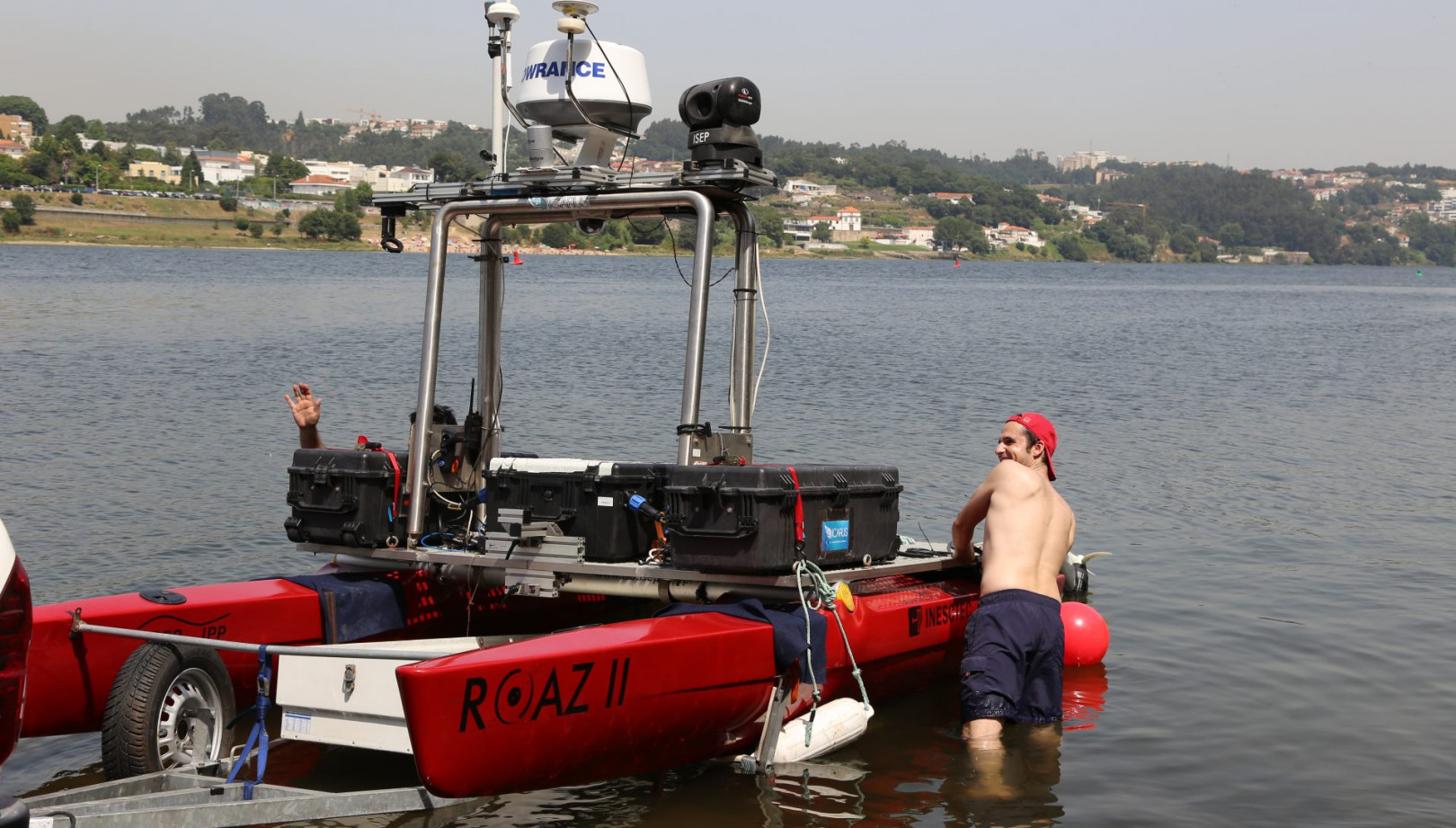Project to study plaices in tests on the Douro River
The MYTAG project, which was promoted by INESC TEC’s Centre for Robotics and Autonomous Systems (CRAS), carried out a number of real environment tests on 2 and 3 August.
14th November 2018
The MYTAG project, which was promoted by INESC TEC’s Centre for Robotics and Autonomous Systems (CRAS), by the Centre for Functional Ecology of the University of Coimbra, by the Centre of Marine and Environmental Research of the University of Porto (CIIMAR) and by MARE - Marine and Environmental Sciences Centre of the University of Sciences of the University of Lisbon, carried out a number of real environment tests on 2 and 3 August.
The tests were carried out on the Douro River and aimed at assessing acoustic tags in order to track fish, namely the plaices. During the study, artificial tags, including external ones, were used on fish for a capture-recapture test, and acoustic tags that will be tracked by autonomous surface vehicles (ASVs). This will allow to assess the usage patterns of the estuarine habitat and the reproductive migrations along the coast. This experiment involved the participation of the ROAZ II robot, which was also developed by CRAS.
The goals of the MYTAG project are to integrate natural and artificial tags in order to study and reconstruct fish migrations during their life cycle. The project intends to study the plaices ecology in the estuarines of the north of Portugal, more specifically on the Douro River, combining the study of the natural tags like the otoliths, and artificial tags like the acoustic ones in order to study the feeding and migration patterns of the plaices.
These tests were carried out under a larger campaign, in which plaices are collected and tagged in order to be tracked subsequently (with or without acoustic tags). In this case, the receiving systems of the tags that were developed by INESC TEC were also tested and compared with the commercial receptors.


